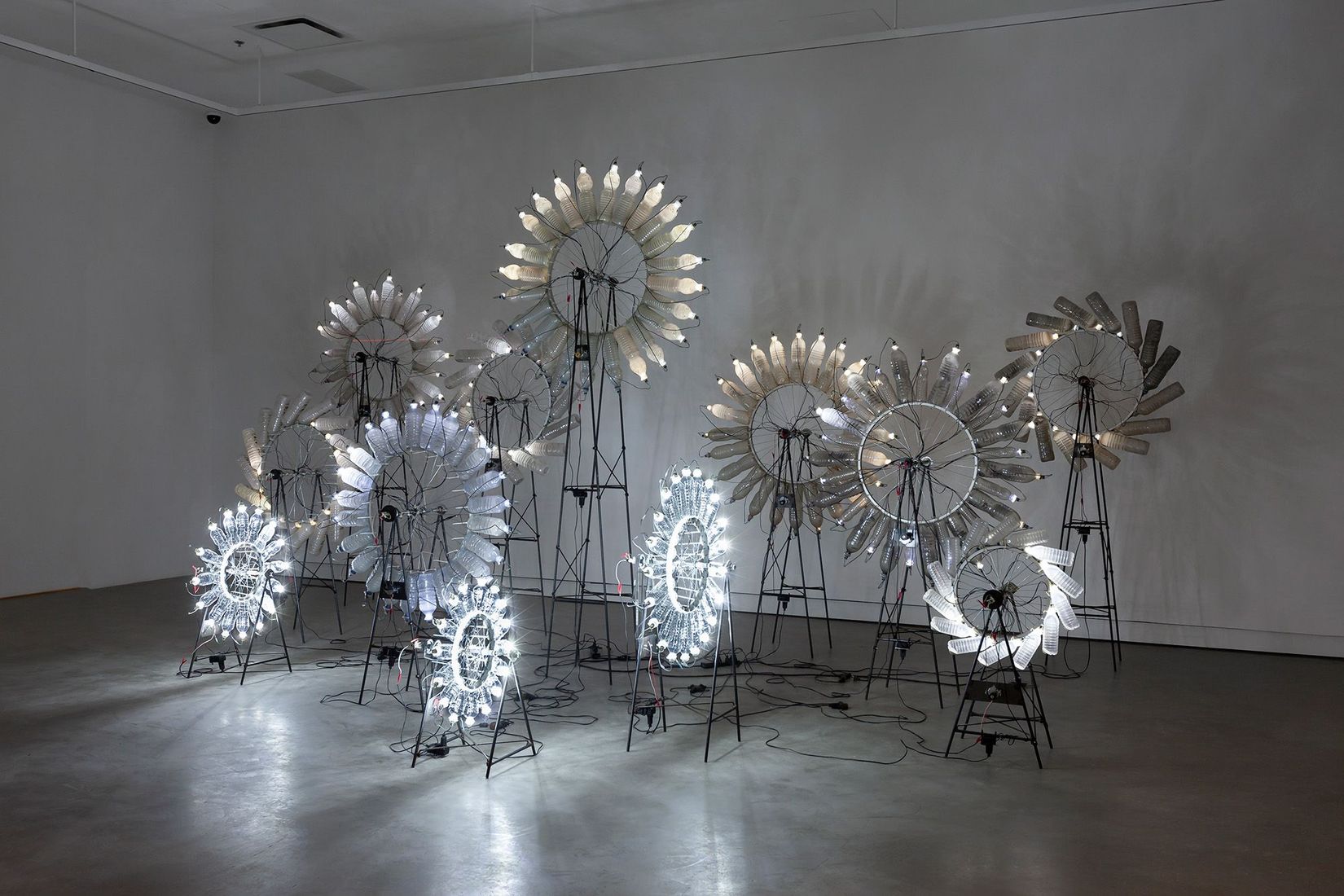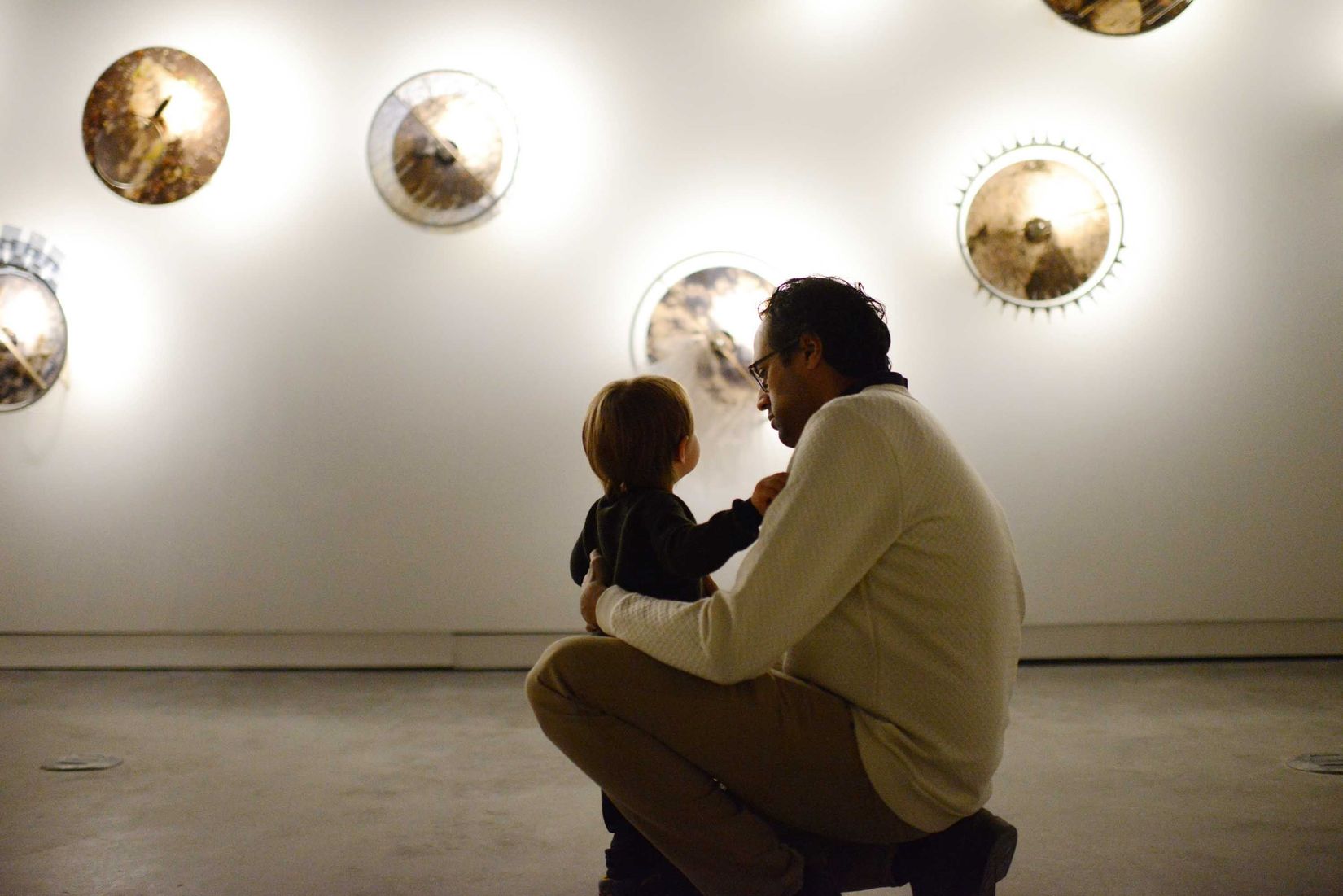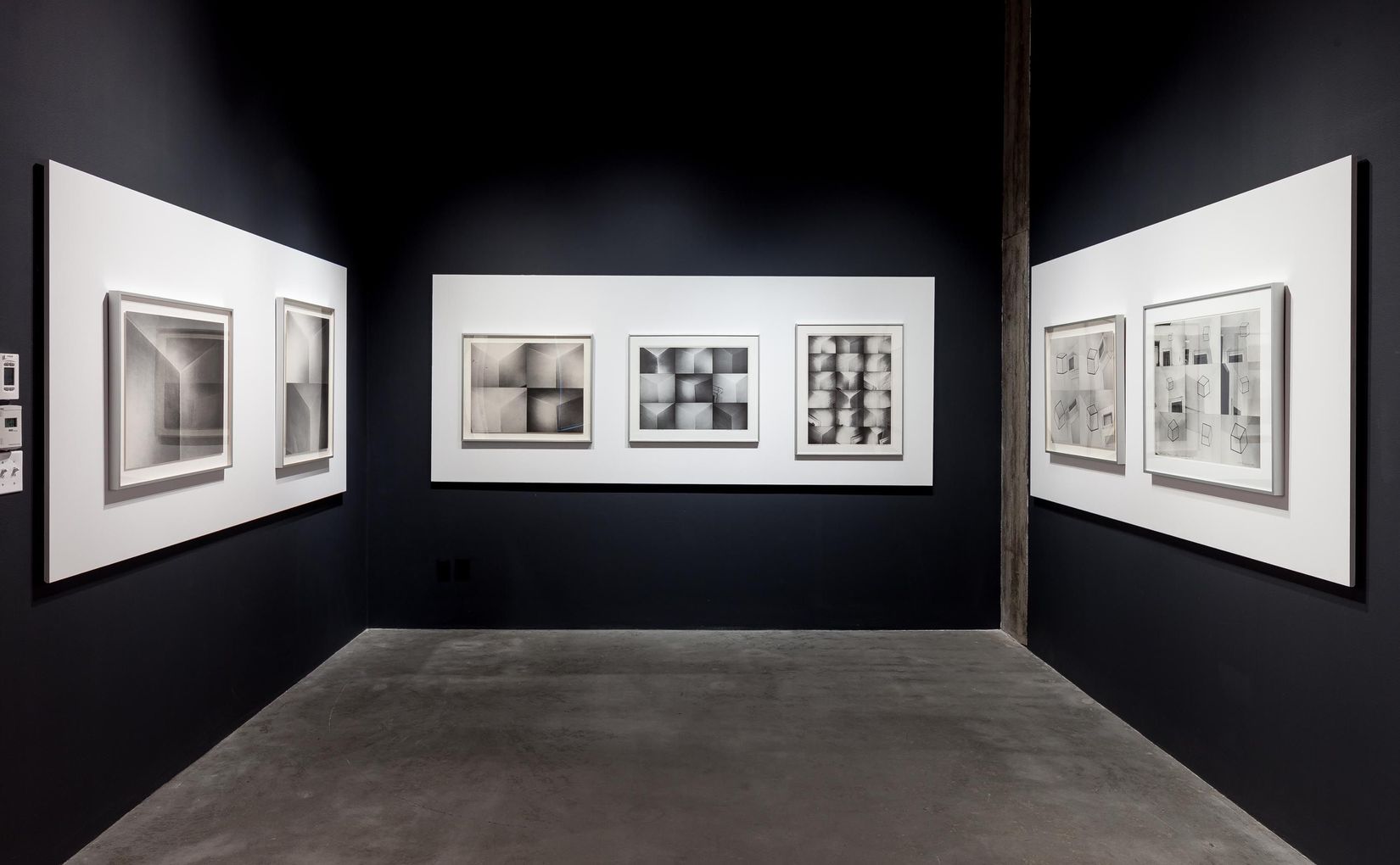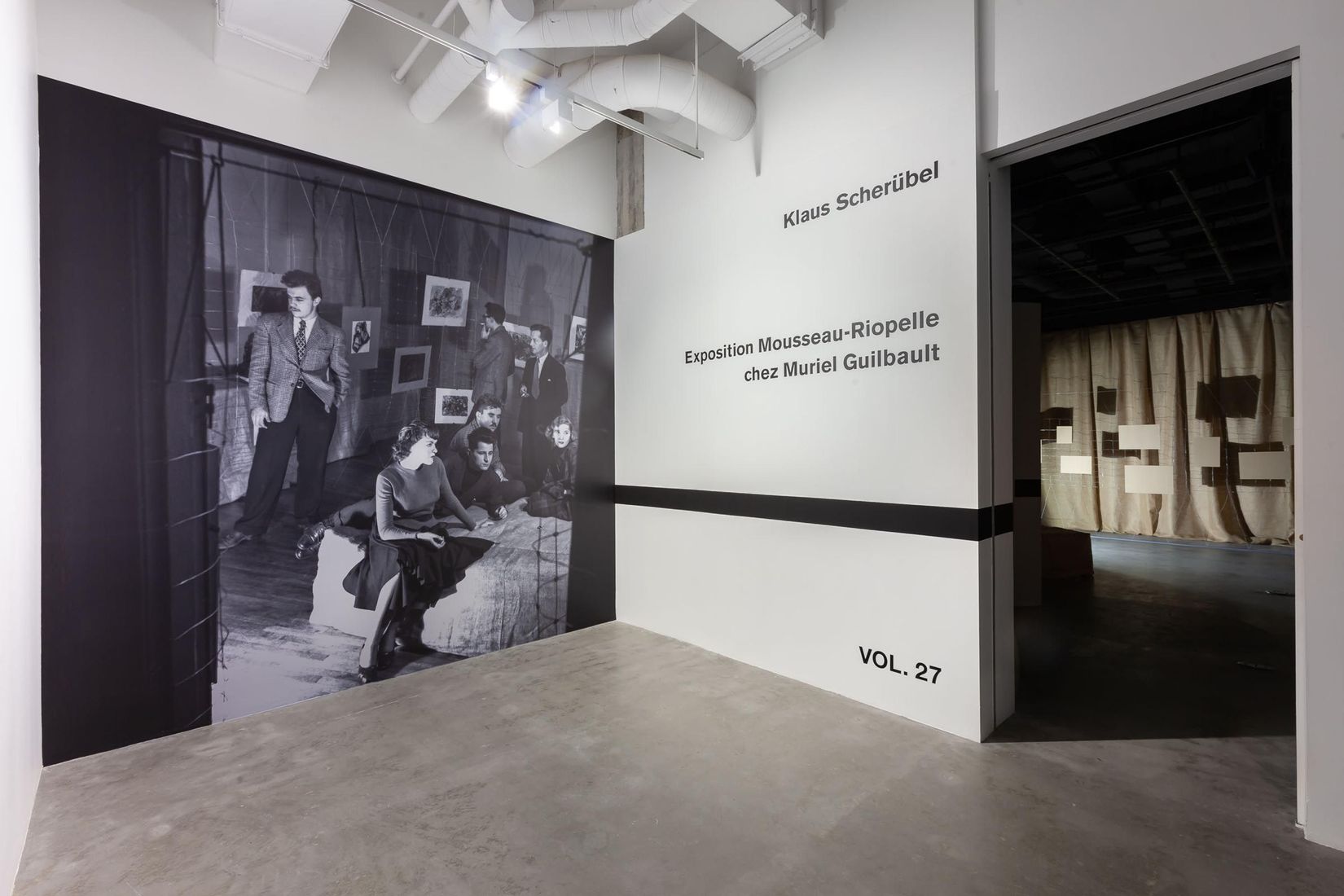
Urban Rhythms
2007.03.24 - 2008.02.10
A city is an ensemble of many things: an amalgam of memories, desires, and signs of language. Cities are places of exchanges, as any economic history book will tell you, but these are not only exchanges of goods; they are exchanges of words, of desires, of memories. – Italo Calvino, Les Villes invisibles, [freely translated]
The city fascinates. It repels even as it seduces. Very early on, it became a favoured theme of many artists, and a preferential space for multifarious artistic experimentation. Attentive to the movement and spectacle embodied in the everyday of the city, for more than a century artists have captured, with keen sensitivity, the fleeting moments so closely tied to urban existence.
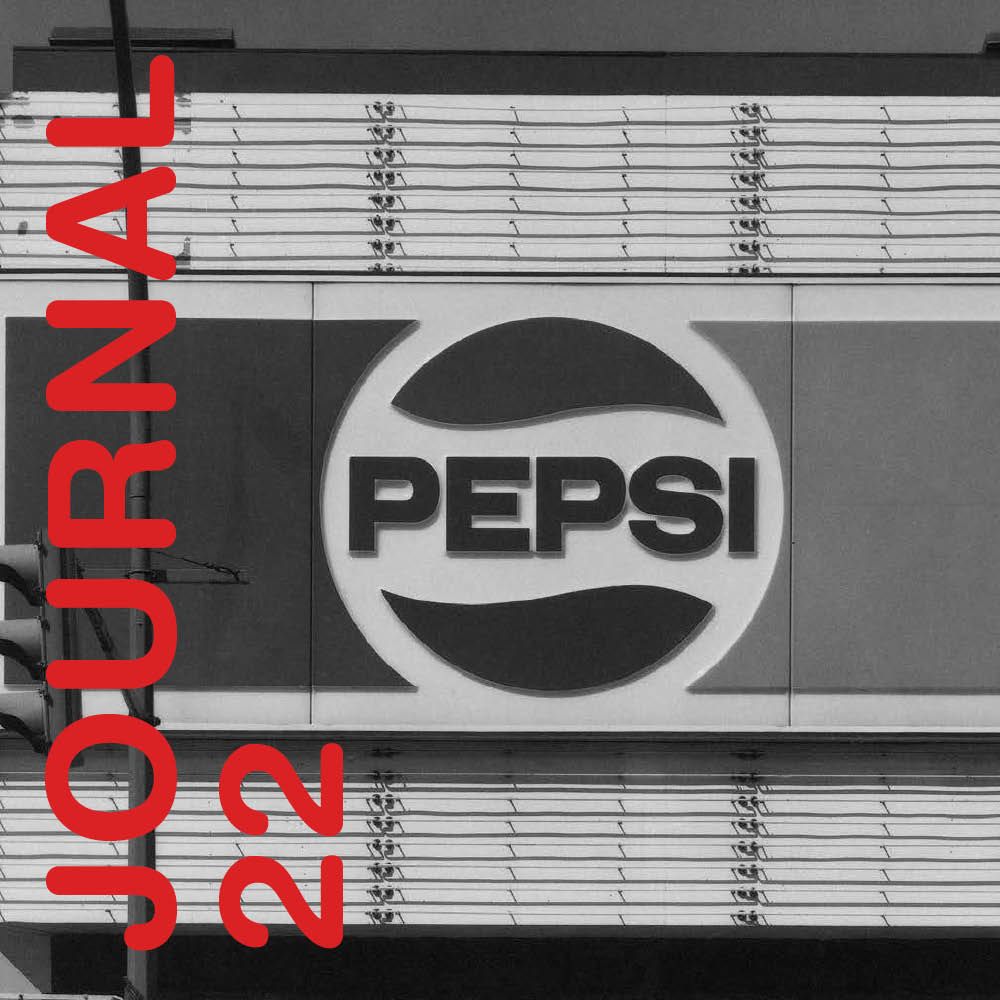
Photography quickly emerged as the preferred tool for observing the urban landscape and the mechanisms of its evolution. Rapid, precise, the photographic apparatus seizes with acuity the quickened pace of life. It freezes events, captures architectural details and spaces, and especially, it preserves a multiplicity of information as part of our collective memory. Many photographers—including Atget, Cartier-Bresson, Nègre, Stieglitz and others, and more particularly those associated with the American school (Evans, Franck, Friedlander and Strand, among others)—chose the specific genre of documentary photography to represent multiple facets of the modern city. Passersby, the street, architecture, urban signs, but also the heterogeneity of populations all captivated these photographers, as much from the viewpoint of social reportage as aesthetic practice. They journeyed through the city seeking pictures, making the street the jumping-off point for a much more subjective photographic form—one committed to capturing a new vision of the world. The aesthetics of American street photography would profoundly mark the history of the art form, and would become a model for future generations of city-surveyor practitioners.
As an artificial territory, developed as humanity’s representation of the world, the urban landscape continues to attract artists today, as the practices brought together for this exhibition attest. They examine distinct issues at stake in those urban spaces by addressing, among other themes, the city’s transformation and evolution, its historical strata, its co-existence with the landscape and the various ways of living in it. The dialogue between historical and contemporary works here affords an opportunity to observe a variety of approaches to photographing the city. These artists force us, as spectators and as citizens, to slow down and look at the city differently. Their pictures seduce us—even as they interrogate our own existence—leading us to rethink our perception of the city and indeed our relationship to it.
EMBODYING THE CITY
More than half the world’s population now lives in cities. Urbanization marks and disrupts the landscape, emphasizing the importance of the relations between people and the city. Cities’ evolution and their fragmentation spring from humans, who are simultaneously actors in, and witnesses to, these profound transformations. Georges Perec wrote: “I am a man of the cities; I was born, I grew up and I have lived in cities. My habits, my rhythms and vocabulary are the habits, rhythms and vocabulary of a man of the cities. The city belongs to me.”1 The city and its citizens form an indivisible whole. The phenomenon of the city emerges as a fundamental dimension of human existence, of this life that is nothing but an articulated set of difficult-to-quantify relationships and experiences. In its proximity to urban space, the body cannot be deprived of sensations; it is activated and influenced by its surroundings and by multiple social relationships. Each of us embodies the city—it cannot be pushed away, reduced to an exterior space or viewed from above. Rather, we must enter into an exchange with the city and experience it in order to draw forth its singularities.
This rapport between person and city is referenced in different ways by the artists in this exhibition. Some accentuate the value of architecture as a determinant in the quality of the individual’s environment and its place in the collective memory (Gabor Szilasi and David Miller), or else demonstrate, in intimist fashion, how some sites evince an inner world (Clara Gutsche). Others (Gwenaël Bélanger and Bill Vazan) remind us that cities are fashioned daily by the uses citizens make of them, and that they are inhabited and nurtured by multiple cultures whose past and whose memories intersect and constitute its present (Kinga Araya). Still others condemn urban sprawl, its fracturing of the city and its influence on our behaviours (Thomas Kneubühler) or investigate ways of occupying space via a sort of cartographic surveying of the city and its built environment (Alain Paiement).
By moving through the city like Baudelaire’s flâneur and by engaging in meetings and interactions with the Other, a representation of the urban landscape is constructed and transformed. Attentive to traffic of all kinds and to the urban spectacle of the everyday, the artists featured in this exhibition journeyed through cities and their outskirts, seeking potential experiences and situations. To stroll through the city and photograph it is to rewrite its history with each step. In the wake of these artists who crisscrossed different urban zones fraught with memory, you are invited to follow a path, on a stroll through these cities and their neighbourhoods.
From March 24 to May 6, 2007, Galerie Stewart Hall, 176, chemin Bord-du-Lac, Pointe-Claire
From May 10 to June 17, 2007, Salle de diffusion Parc-Extension, 421 Saint-Roch, Montréal
From June 26 to August 18, 2007, Maison de la culture Rosemont / Petite Patrie, 6707, avenue de Lorimier, Montréal
From August 24 to September 29, 2007, Maison de la culture Ahuntsic, 10300, rue Lajeunesse, Montréal
From October 5 to November 3, 2007, Galerie Port Maurice, 8428, boul. Lacordaire, Montréal
From November 9, 2007 to January 6, 2008, Pavillon de l’Entrepôt, 2875, boul. Saint-Joseph, Lachine
From January 12 to February 10, 2008Centre culturel de Verdun, 5955, rue Bannantyne, Montréal
